
 |
|||||||
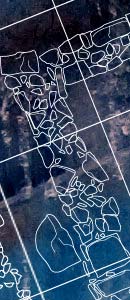 |
|||||||
Basic Archeology of the Iberian Peninsula (BAIP) is a 586-page publication (in Spanish) in black and white, complete with plates of recognition of pottery materials in color. BAIP provides maps, synoptic tables, planes and elevations, to better understand the information studied and managed, with technical terminology in Spanish and English (in drawings) . BAIP provides 1,080 pictures. The publication has been organized by materials, as it allows to confront materials from different times when joining them in the same epigraph, being more practical for |
cataloging materials. Placing a very special emphasis on typological and chronological matters. The spatial framework is the Iberian Peninsula, and the time framework from the Paleolithic to the Spanish civil war (1936-1939). |
||||||
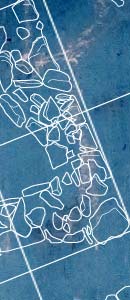 |
|||||||
| BAIP makes a research about the general architecture, studing the domestic, religious, defensive (or military) and funerary (burial) architecture; working with an excellent analytical drawings and a timely cartography, with maps of the Iberian Peninsula with the most important sites; covering all the ages from the first steps in Prehistory, (studing the environment and the basic location, key parameters), more later passing through the Megalithism, the emergence of architecture with the first homes and fortifications, the show architecture from Roman times and its beautiful mosaics, the medieval architecture (castillology and the first styles), the Modern and Contemporary architecture. |
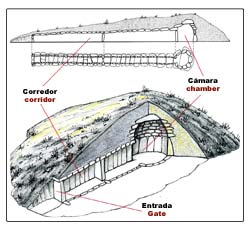 |
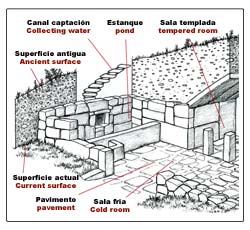 |
|||||
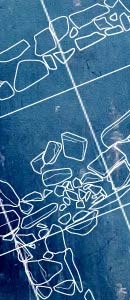 |
|||||||
We began the study of the stone, with a classic analysis of the lithic industry of the Paleolithic, we emphasizing terminology, typology, and technical evolution, until the Neolithic and Chalcolithic. The stone sculpture begins with an analysis from the origins (idols, stelae and also petrogyphs), then passing by the Eastern sculpture with Phoenician & Egyptian works, Celtic (verracos), Iberian (damas), Roman (evolution of the portrait, capitals, stelae sarcophagui etc ...), Visigoth and Medieval sculpture where the subject is emergence of artistic styles; another important section is epigraphy (Latin and Arabic), heraldry etc... |
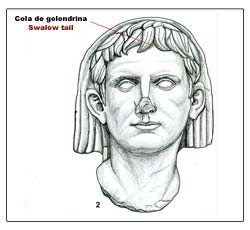 |
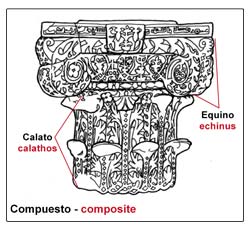 |
|||||
 |
|||||||
Metal occupies in BAIP a prominent role, the introduction speak about the emergence of the metal and the recognition of making technology, clearly essential elements in a metallographic study of archaeology. we have studied the daily tools, like medical instruments, precision, musical, scientific and watchmaking; later another interesting section is the machines, from the first inventions generated in the Hellenism until the vehicles of 20 th century, approaching to industrial archaeology; weapons (blade and fire), jewels (from the Chalcolithic to the 20 th century), thoreutica, phalerist, epigraphy (Iberian and Latin), sculpture, bars, have also been studied. |
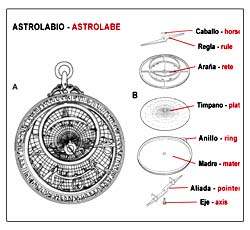 |
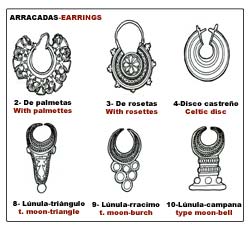 |
|||||
 |
|||||||
The numismatics of BAIP offer a meticulous technical study, with its legends, metrology, contributing lists of mints; we started from the beginning with the ancient Greeks, through Punic, Iberian, Roman, Byzantine, and Visigoth numismatics; as well as, a study of complex Andalusí (Arab) numismatics ideal for neophytes; that will allow you to read the mints, dates and other information in Arabic in a simple way; Continues the numismatics with a study that pass through the Christian Kingdoms, the time of the Catholic Kings and then the Modern and Contemporary Age, in Spain and Portugal until the Spanish Civil War. |
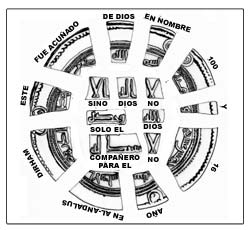 |
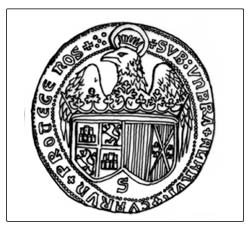 |
|||||
 |
|||||||
| Ceramics as “director fossil” of archaeology occupies a very wide space; we begin with a research of the recognition of materials in colour, we continue with a chronological study from the Neolithic period, through an analysis of bell-shaped vessels, a special weight have the painted Iberian potteries, very interesting is the Roman pottery with a complete study of forms, seals, decorative techniques, etc..., later continuing with the medieval productions, the irruption of glazed pottery and tiles (Triana, Paterna, Manises, Talavera), until the 20th century. The excelent quality of the nice drawings and typological tables, will allow you to follow, without problems, the evolution of archaeological ceramics over time. |
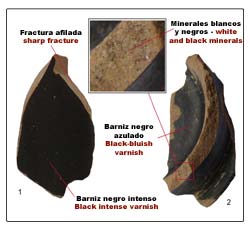 |
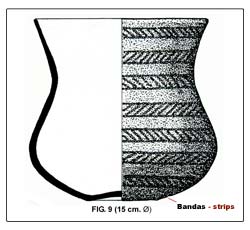 |
|||||
 |
|||||||
| Also in BAIP we have studied glass pieces, from the earliest productions that came from the Phoenician and Greek trading to our coasts, to the Roman productions (widely studied with excellent typologies), later the medieval productions, with the Andalusi works of “bee panel”; after the modern and industrial archaeology on glass, with the emergence of the optical industry and the main regional centers of the Peninsula; anf finally with the 20th century we study the concentration of the sector, and the inkwells of the Spanish Civil War, which we can be collected in the front trenches. |
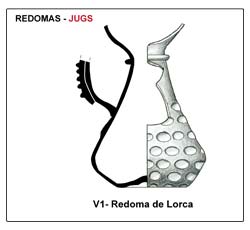 |
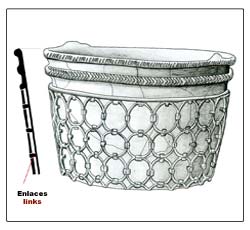 |
|||||
 |
|||||||
In wooden materials, navigation and ships are the most important epigraphs, you can go through the typological evolution of boats, technology, know some wrecks, we also study the Andalusi coffered ceilings, musical instruments, basketwork, powder objects and furniture. In the bone, we analyse the paleolithic bony industries, the powder objets, dolls (Roman), box of Andalusi ivory and musical objects; as well as other materials, such as decorated ostrich eggs, of Phoenician manufacture. |
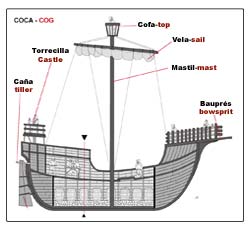 |
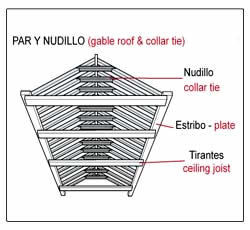 |
|||||